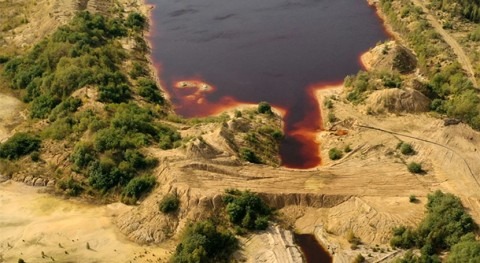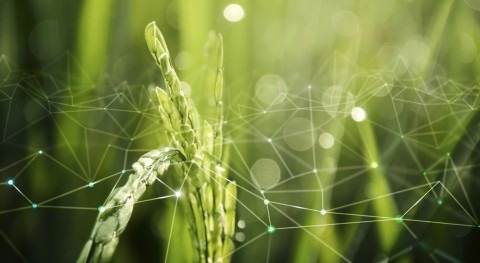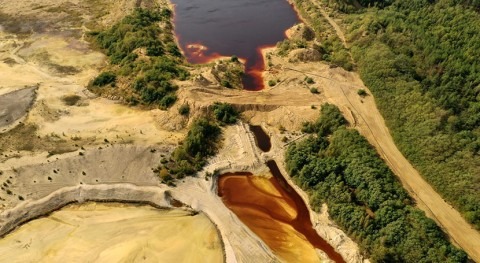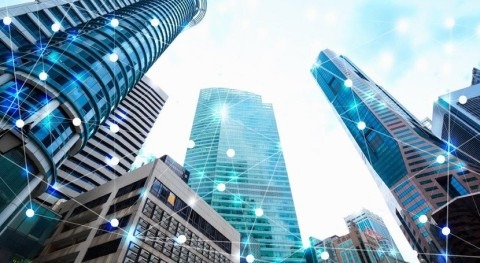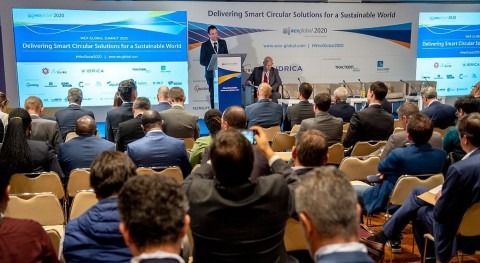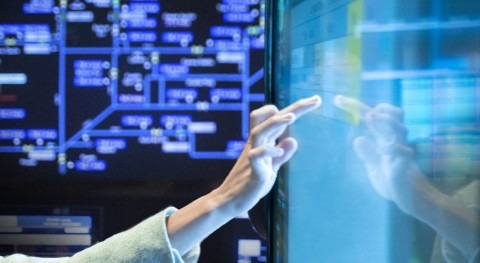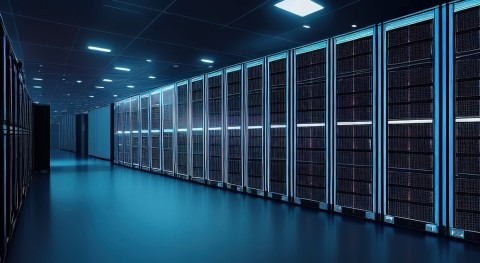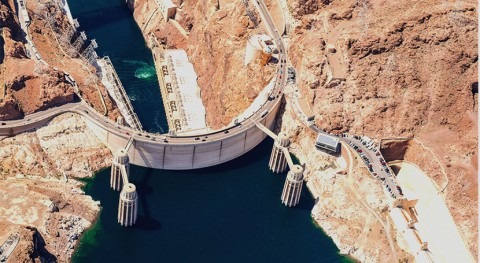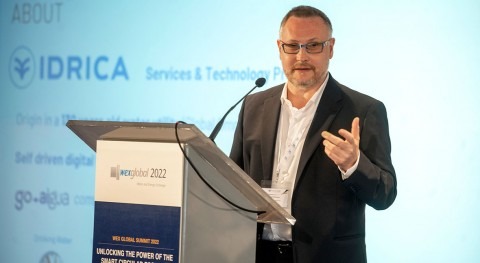More and more water utilities are adding Artificial Intelligence (AI) to their processes. This science, which aims to replicate human cognitive functions through machines, provides more sustainable management of water resources.
Within AI, Machine Learning (ML) has huge potential in the industry. This discipline focuses on the development of techniques and algorithms that help a machine to learn, that is, to acquire increasingly accurate knowledge from an external data source. Other branches of AI, which are also being applied to water, are voice and vision recognition systems, expert systems, Natural Language Processing (NLP) and robots.
One of the main advantages of ML is that it automates processes that are costly to manage manually. This is done by means of agnostic systems, i.e., which are data-driven and not based on subjective analyses. This improves the accuracy of the results, which are calculated at high computational speed thanks to the infrastructure that underpins them. Thus, utilities can make better decisions because they have real-time information about what is happening in the infrastructures.
Four types of machine learning
The water industry handles vast amounts of data, which makes it essential to extract its value. Utilities have access to different fields of machine learning to transform data into useful information.
Manuel García, Data Scientist at Idrica, details in this article the trends in Artificial Intelligence for 2022.
Supervised
In this type of learning, prior knowledge of the problem is used as the valid hypothesis to be able to characterize new cases in the future. For example, if we have data on customers who have had leaks in the past, and information about their characteristics, we can build a model that categorizes new customers to anticipate further water losses.
Unsupervised
When there is no previous knowledge about the issue to be solved, but there is information about its characteristics, unsupervised learning is used. Continuing on from the previous example, if we have a database of customers, we can study which ones have abnormal consumption in order to identify possible leaks.
Semi-supervised
In this case, we have data that gives us prior knowledge of the problem and other data that does not. Both sets enrich the information needed to solve the problem. Similarly, if we have data from clients who have had leaks, others who have not, and some whose situation is unknown, the combination of all these sources helps us to detect new cases more accurately. To do this, a number of assumptions are made about data distributions.
By reinforcement
Unlike the other fields of machine learning, this one differs in that it is rule-based and deals with action/reaction type information to be modeled, the objective of which is to maximize the reward function. Reinforcement learning is used, for example, to perform simulations in a development environment, generating software capable of preventing the collision of autonomous vehicles in real-life situations.
Use cases applied to water
Regardless of the type of learning applied, AI provides innovative answers to some of the major challenges facing utilities. For example, the detection of fraud through machine-learning-based models. Although these systems can be applied in any business environment, they are particularly relevant in our industry because they manage a resource that is essential for life. The same applies to early leak detection, as this has a major impact on water savings.
In general, AI improves the efficiency and quality of our water supply. Algorithms can estimate and anticipate consumption and predict water quality. They are also instrumental in improving irrigation systems and optimizing energy use in pumping systems.
In wastewater, this science helps to detect overflows in sewage networks, and can even prevent them by implementing preventive cleaning in trouble spots. Another innovative use case is the detection of pathogens in sewage systems, which helps to monitor the evolution of epidemics or pandemics, as is currently the case.
Other applications, such as automatic report generation and social media sentiment analysis, are useful to ascertain not only the status of processes, but also citizen satisfaction with the water services provided.
As part of this commitment to greater transparency and citizen orientation, chatbots have recently been included in various utilities' customer service departments. These automatic response chatbots, based on NLP, help to solve consumers' problems more quickly. Automatic reading of water meters through vision recognition systems is another of the advances we are already seeing in water services.
2022: machines driving sustainability
Sustainability is driving the evolution of AI products in the water industry. Continuous improvements in technology will lead to increasingly optimized energy supplies and consumption, more accurate leak detection processes, and lower maintenance costs. On the back of these advances, total CO2 emissions will also fall, leading to smarter management of the entire water cycle.
We also expect to see an increase in the use of edge devices in 2022. While the on-premise server computing paradigm has already been replaced by cloud technologies, improvements in edge device processors will lead to direct computing on edge devices without the need for a server. Users will have AI models implemented in an application on their device, with real-time access to their behavioral data and various forecasts. In the water industry, these advances will yield different practical applications, such as autonomous driving of vehicles and robots.
For this to take place, some related challenges need to be solved. First, scalability, as it is easier to pool data in a single storage center, such as a physical server or in the cloud, than in all the edge devices. In addition, an infrastructure is needed to manage failures and configuration errors. The second much more critical issue is security. With edge devices, the entire process is located in a place that is not readily accessible to the organization, so more investment is needed to make the system secure.
Over the next few years, utilities will be adding different AI use cases to their operations. New lines of research that could emerge include systems for detecting long-term weather patterns. These systems could be designed to improve the efficiency of water resource management in the event of droughts or floods, in order to mitigate the effects of climate change. The water industry, as a provider of an essential service, could spearhead these developments.
In short, more sustainable management of the entire water cycle requires the introduction of AI in the utilities of the future.
Idrica's Water Technology Trends 2022 report provides a comprehensive list of trends for the industry, including this article on how Artificial Intelligence can help to manage water service infrastructure.




